Exploring the Versatility of Big Flywheels
Flywheels are integral components in various mechanical systems, known for their ability to store rotational energy. Big flywheels, with their substantial size, serve an even greater purpose in industrial applications. These components are pivotal in ensuring the smooth operation of machinery by regulating the energy distribution and maintaining consistent momentum during cycle variations.
Types and Applications
The diversity in the types of big flywheels caters to a broad spectrum of industrial needs. From single-mass to dual-mass designs, each variant is tailored to specific machinery requirements. The application of these flywheels spans across sectors such as automotive, energy storage, and manufacturing, where they play a crucial role in enhancing the kinetic energy management systems.
Material and Construction
The construction of big flywheels involves robust materials capable of withstanding high rotational forces. Typically composed of steel or other metal alloys, these flywheels are engineered to resist wear and tear, ensuring longevity and consistent performance. The meticulous process of manufacturing these flywheels involves precision engineering to achieve the desired mass and balance necessary for their function.
Features and Advantages
The features of big flywheels include their substantial inertia, which allows for smooth operation of machinery by mitigating torque fluctuations. This characteristic is particularly advantageous in applications requiring energy modulation and transfer, such as in power plants or heavy-duty engines. The resilience of these flywheels to corrosive elements and chemical reactions further enhances their suitability for challenging industrial environments.
Selection Considerations
When selecting a big flywheel, it is crucial to consider the specific requirements of the machinery it will be integrated with. Factors such as size, weight, and material composition are essential to ensure compatibility and optimal performance. While the range of available flywheels is extensive, it is important to evaluate the specifications of each to find the most suitable match for the intended application.
Environmental Impact and Sustainability
In the context of environmental sustainability, the use of big flywheels in energy storage systems is noteworthy. These systems are designed to enhance efficiency and reduce waste by capturing and reusing energy that would otherwise be lost. As industries increasingly prioritize eco-friendly practices, the role of big flywheels in promoting sustainable energy solutions becomes more significant.
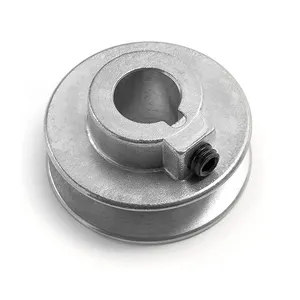



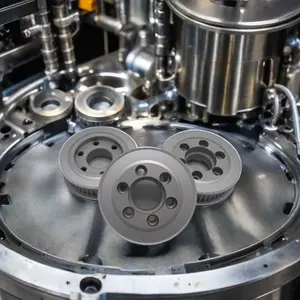


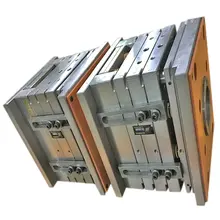
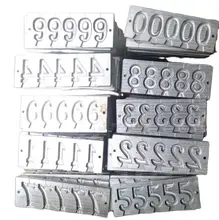



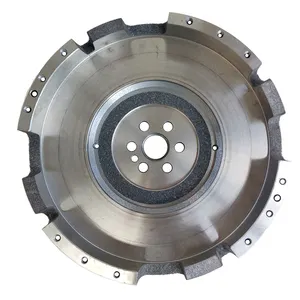

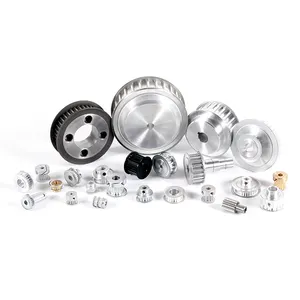



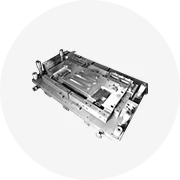
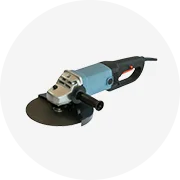



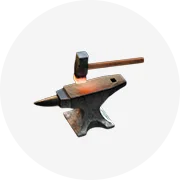








 浙公网安备 33010002000092号
浙公网安备 33010002000092号 浙B2-20120091-4
浙B2-20120091-4